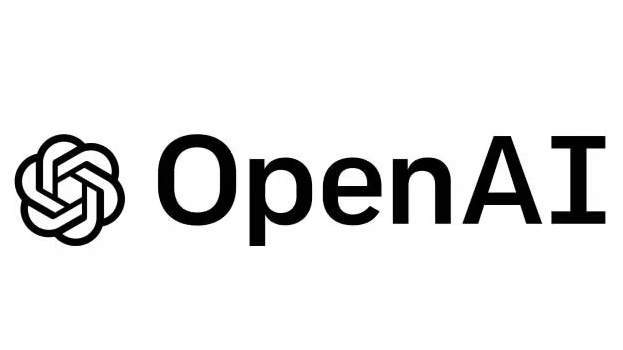The consumer electronics landscape, particularly within the smart home segment, continues its rapid evolution towards greater automation, intelligence, and user convenience. A prime example of this trend is the recent unveiling of advanced robotic home cleaning solutions, such as the Dreame X50 Ultra robot vacuum, showcased alongside other smart home innovations. These next-generation devices move beyond simple programmed cleaning routines, incorporating sophisticated AI, enhanced sensor arrays, and multi-functional capabilities to offer a more hands-off and effective home maintenance experience.
The Dreame X50 Ultra represents the pinnacle of current robot vacuum technology, integrating features that address common pain points of earlier models. Typically, such high-end devices boast advanced navigation systems, often using LiDAR and AI-powered computer vision to map homes accurately, identify and avoid obstacles (including small objects like cables or pet waste), and plan efficient cleaning paths. The ‘Ultra’ designation often signifies a comprehensive cleaning system, combining powerful vacuuming with advanced mopping capabilities. This might include features like automatically lifting mop pads when carpets are detected, self-washing and drying mop heads at a docking station, and even automatic emptying of the dustbin and refilling of the water tank. These features minimize human intervention, making automated floor cleaning truly autonomous for extended periods.
Beyond the mechanics, the integration of AI is crucial. AI algorithms analyze the home environment, recognize different floor types to adjust suction or mopping intensity, identify specific types of debris for targeted cleaning, and learn user preferences over time. Voice control integration via platforms like Alexa or Google Assistant is standard, allowing users to initiate cleaning tasks or target specific rooms with simple commands. Mobile apps provide granular control, allowing users to schedule cleanings, set up virtual boundaries or no-go zones, monitor cleaning progress in real-time, and customize cleaning settings for different areas of the home.
The launch of devices like the X50 Ultra often occurs alongside a suite of complementary smart home products, indicating a broader ecosystem strategy. Companies are increasingly aiming to provide interconnected solutions where different devices (vacuums, air purifiers, smart lighting) can potentially communicate or be controlled through a unified interface, enhancing the overall smart home experience. This push towards interconnectedness and AI-driven automation reflects consumer demand for greater convenience and efficiency in managing household chores.
While high-end models like the Dreame X50 Ultra command a premium price, they showcase the direction of the market. Features initially introduced in flagship products tend to trickle down to more affordable models over time. The focus on AI, advanced navigation, self-maintenance capabilities, and multi-functionality (vacuuming and mopping) highlights a significant leap from basic robot vacuums. As these technologies mature and become more accessible, they promise to fundamentally change how people maintain their homes, freeing up time and effort through increasingly sophisticated and reliable automation.
Source: Gadgets 360 (reporting on CES)

